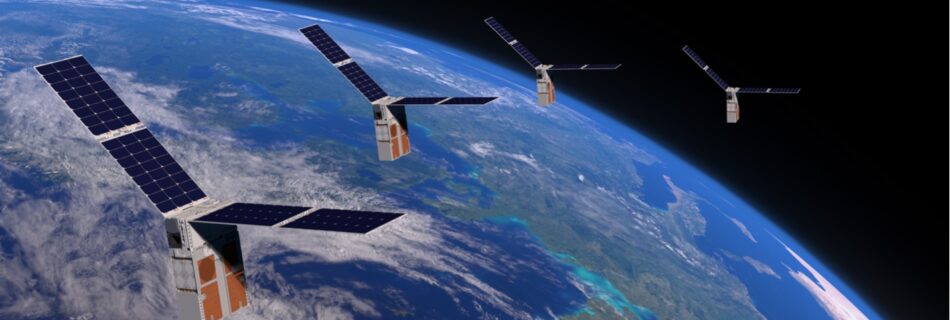2024 Annual Heliophysics Technology Report Released!
We are thrilled to present our 2024 Heliophysics Technology Annual Report, showcasing HESTO’s pivotal investments in advancing Heliophysics technology. This report includes the results of our Heliophysics Technology and Instrument Development for Science (H-TIDeS) and Heliophysics Flight Opportunities Studies (H-FOS) programs. We are also pleased to introduce the recipients of our 2024 awards, who will …
Read more “2024 Annual Heliophysics Technology Report Released!”








